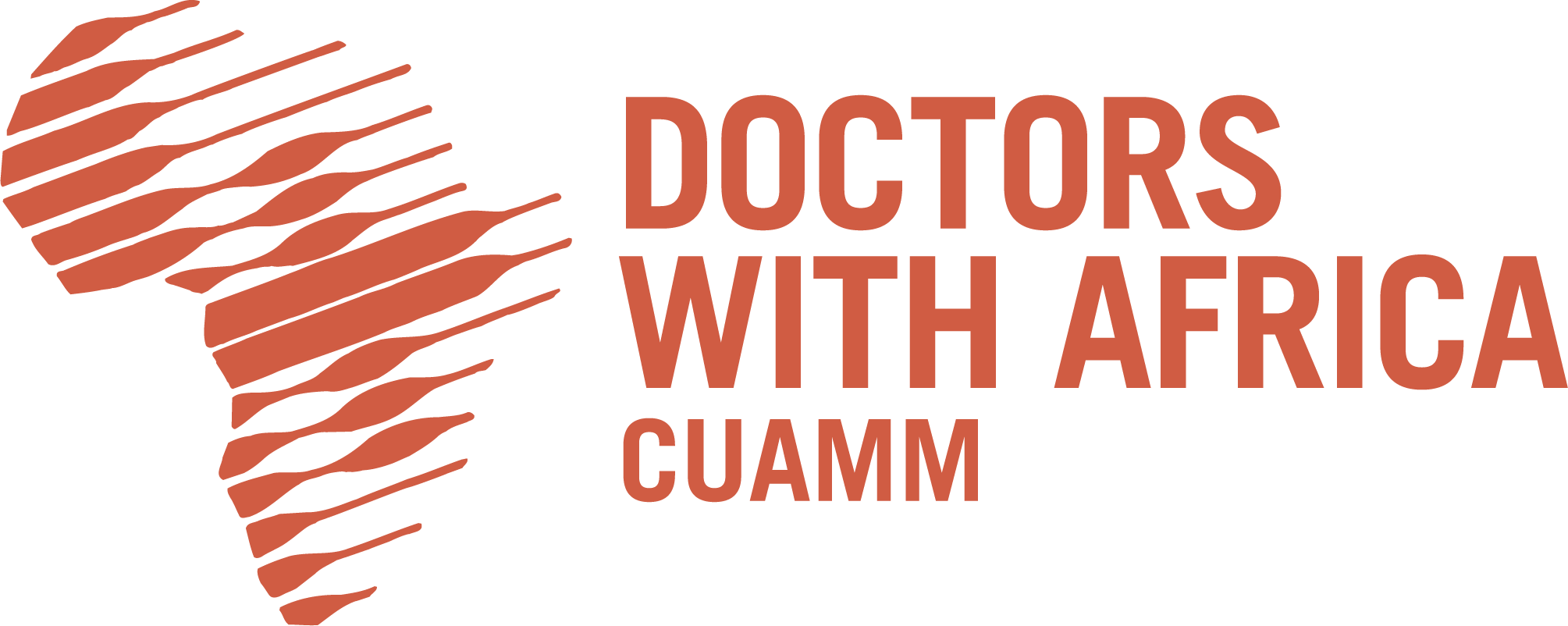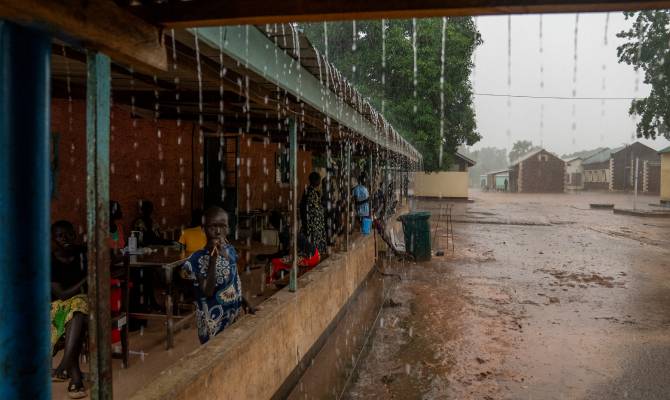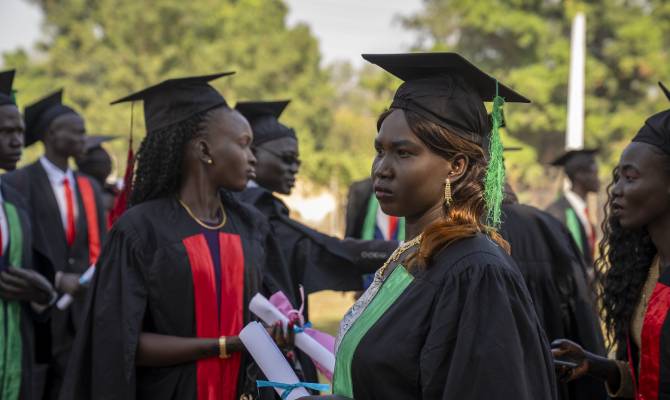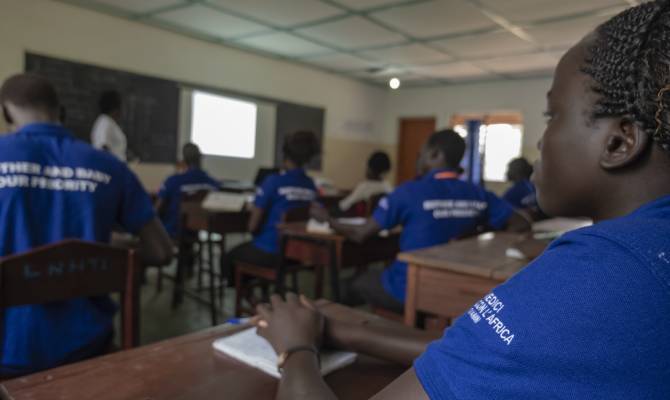It was only in 2009 that the World Health Organization added snake-bite to its list of neglected public health disease, yet around five million people worldwide are bitten by snakes every year, with some 125,000 dying and another 400,000 left permanently disabled as a result.
Snake-bite is a significant public health problem, especially in the rural areas of low-income countries with limited access to health care services. In Sub-Saharan Africa alone it causes some 30,000 deaths and over 8,000 amputations yearly; the victims suffer adverse social consequences as well. And the situation is likely to worsen in a few months’ time, when stockpiles of one of the most effective anti-venom serums run out following a decision by the company that produced it to halt production in 2014.
Starting from our own field work and analysis, Doctors with Africa CUAMM is working to call the attention of institutional and governmental authorities to this international health problem. Until now, in fact, few attempts have been made to quantify its burden, and very little data is available in particular for largely rural countries such as South Sudan. Partnering with the Liverpool School of Tropical Medicine – an internationally recognized center of excellence – CUAMM has begun an unprecedented study to gather snake-bite data in four health care centers in the country, an important first step in tackling a neglected public health problem whose burden is often underestimated.




